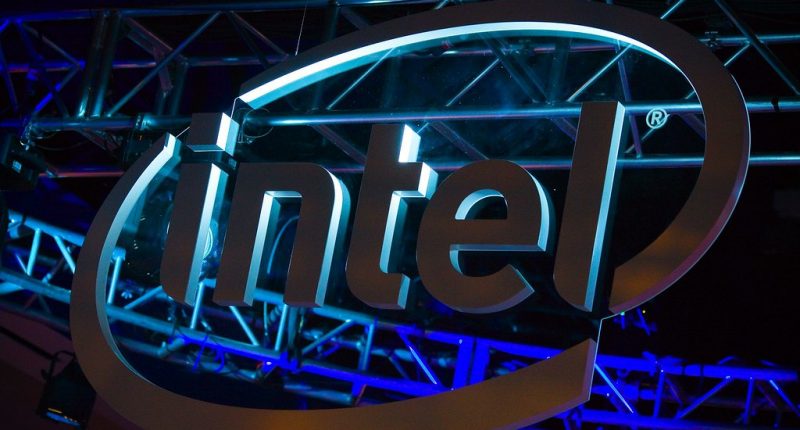With an imminent earnings report in, Intel is now gearing up to initiate a fresh round of job cuts this week, which could see more than one-fifth of its global workforce laid off, reports Bloomberg. The move comes in the wake of a prolonged period of financial underperformance and operational inefficiencies, and it marks the first major structural overhaul under the leadership of new CEO Lip-Bu Tan, who assumed the role just weeks ago and is determine to reverse a series of missteps of the past few years.
This round of layoffs is set to impact over 20,000 employees and is aimed to streamline Intel’s internal operations, reducing what the company leadership has described as an ‘excess of bureaucracy’. Sources familiar with the matter suggest that the layoffs are part of a broader effort to return Intel to its engineering roots.
This upcoming round of job cuts will not be the first time Intel has trimmed its workforce in response to financial pressure. In August 2024, the company laid off approximately 15% of its staff, or about 15,000 employees. At the close of last year, Intel reported a global headcount of just under 109,000 employees, down from nearly 125,000 the year prior. Those earlier cuts targeted primarily non-engineering functions, including sales, marketing, and support staff, in an effort to preserve the company’s core technical teams. It remains unclear whether the upcoming layoffs will affect engineering roles.
The announcement follows several challenging quarters for Intel, a company that once held a dominant position in the semiconductor industry but has seen its standing erode over the past decade. The company has lagged behind key competitors in key technological areas, particularly in the booming field of AI and chip manufacturing. Rivals such as Nvidia and Taiwan Semiconductor Manufacturing Company (TSMC) have pulled ahead, capitalizing on growing demand for GPU-driven AI applications and next-generation semiconductor fabrication technologies. In contrast, Intel has struggled to maintain relevance in both the data center and consumer PC markets, contributing to a continued decline in revenue. With its earnings report for the first quarter of 2025 due later this week, analysts expect Intel to log a fourth consecutive quarter of declining sales.
Tan’s appointment followed the departure of former CEO Pat Gelsinger, who had led the company through a costly and largely unsuccessful attempt to reclaim its leadership position by expanding its manufacturing base and entering the contract chipmaking business. While Gelsinger’s strategy included a multi-billion-dollar push to build new fabs in the US and Europe, execution delays and ballooning costs have hampered those ambitions. Under Tan, the company appears to be pivoting toward a more measured and efficiency-focused approach. Insiders indicate that Tan has identified Intel’s bloated management structure as a major barrier to innovation. In internal communications, he has reportedly emphasized the need for faster decision-making and other factors.
The Tech Portal is published by Blue Box Media Private Limited. Our investors have no influence over our reporting. Read our full Ownership and Funding Disclosure →






